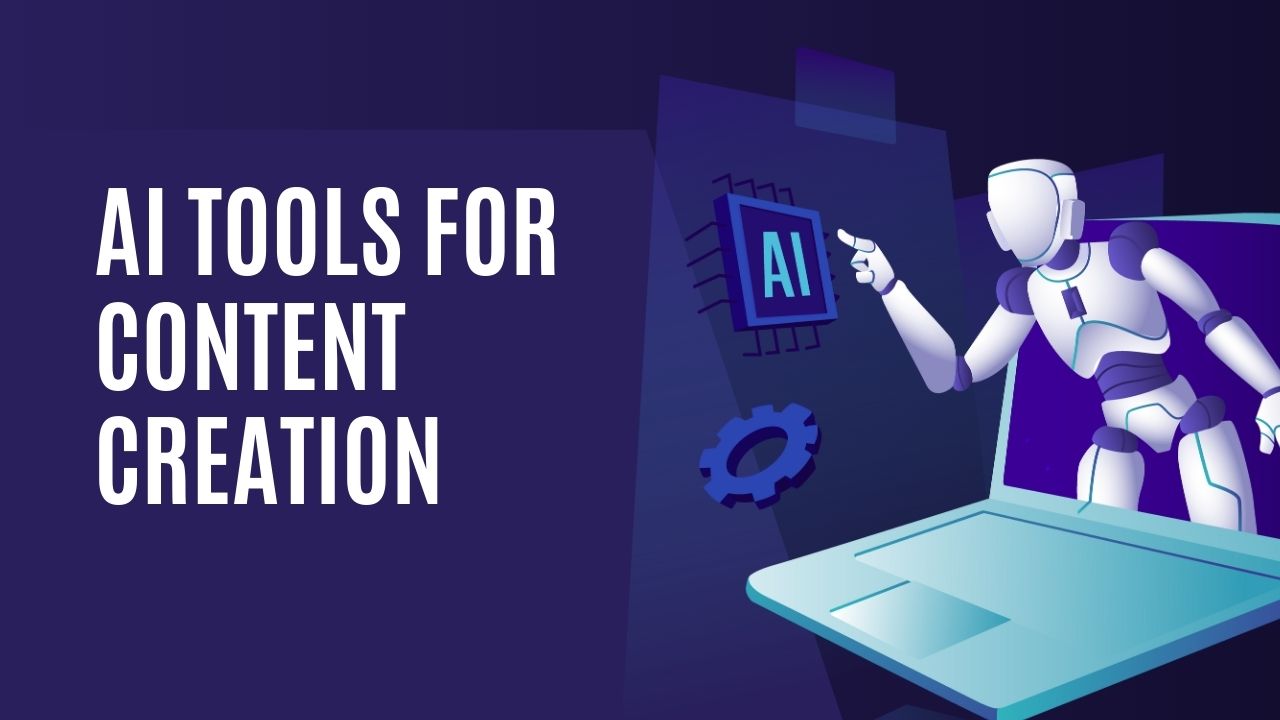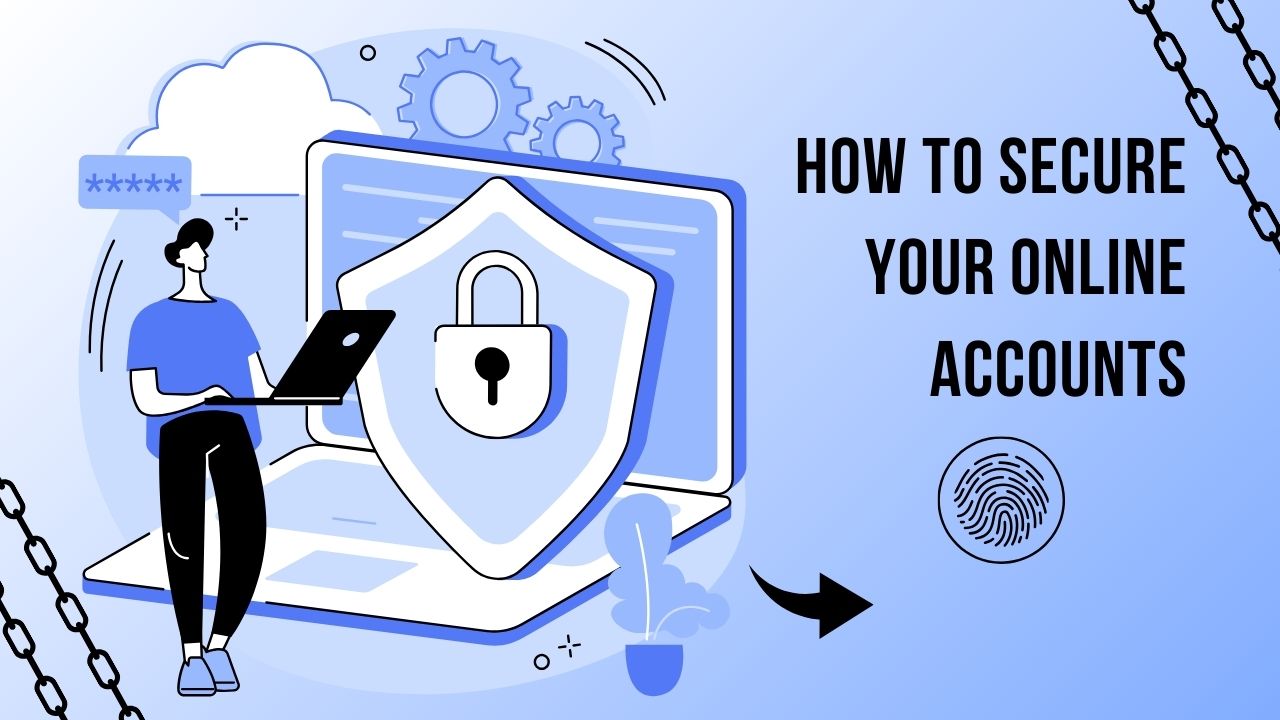Growing a startup in a competitive market requires strategic planning, perseverance, and adaptability. In this guide, we’ll walk you through proven steps to grow your startup successfully, whether you’re just starting or looking to scale. Learn how to thrive in a crowded marketplace with these essential strategies for 2024.
Understanding Market Dynamics to Grow a Startup in a Competitive Market
To grow a startup in a competitive market, understanding the market dynamics is essential. You need to identify where opportunities lie and assess your competitors’ weaknesses. By doing so, you’ll be able to carve out your unique space.
Research Competitors and Identify Trends
Conducting competitor analysis is a must. Tools like Google Trends, SEMrush, or Ahrefs can help you understand what your competitors are ranking for, their traffic sources, and keyword strategies. Make sure to analyze their pricing, engagement, and positioning.
Analyze Customer Needs and Market Gaps
A successful startup solves a unique problem. Use surveys, interviews, or customer reviews to identify pain points. Understanding these gaps enables you to offer products or services that stand out in a saturated market.
Related Post: The Role of Startups in Economic Growth: Insights for 2024
Develop a Solid Business Strategy for Growing Your Startup
Your business strategy is the bedrock of your startup. It defines how you navigate challenges and direct your efforts toward long-term success.
Define Your Unique Value Proposition (UVP)
In a competitive market, your Unique Value Proposition (UVP) should clearly explain why customers should choose your product or service. Whether it’s price, quality, or innovation, make sure your UVP is compelling and consistent.
Create a Scalable Business Model
For sustainable growth, your business model must be scalable. Think beyond short-term wins—consider revenue streams like digital products, subscription models, or partnerships that allow growth without proportional cost increases.
Plan for Long-Term Growth
Startups that plan for long-term growth are more resilient. Anticipate changes in market trends and technologies, and develop strategies to adapt as the landscape evolves.
Building a High-Performing Team to Grow Your Startup
Your team is one of the most critical assets for startup growth. Building a high-performing team can drive innovation and productivity.
Hire Versatile Employees
Hiring the right people is crucial when growing a startup. Seek individuals who are not only skilled but can wear multiple hats and thrive in dynamic environments.
Foster a Strong Company Culture
A strong company culture enhances employee engagement and retention. Create a culture of collaboration, accountability, and innovation to inspire your team to contribute to your startup’s success.
Leverage Technology and Innovation for Startup Growth
To grow a startup in a competitive market, you need to leverage technology and innovation.
Implement the Right Tools for Business Growth
Tools like HubSpot (CRM), Trello (project management), and Zapier (automation) can streamline processes and improve efficiency, allowing you to focus on scaling.
Use Automation to Boost Efficiency
Automation tools can handle repetitive tasks like customer interactions and email marketing, freeing up time for strategy and innovation.
Secure Funding and Manage Finances to Grow Your Startup
Proper financial management is key to sustaining growth, and securing funding allows you to scale effectively.
Explore Various Funding Options
Explore different funding avenues, such as bootstrapping, venture capital, or crowdfunding platforms like Kickstarter and Indiegogo. Choose a funding strategy that aligns with your growth goals.
Manage Cash Flow Effectively
Cash flow issues can derail even the most promising startups. Develop a budget that covers operational costs, marketing, and payroll. Monitor your finances regularly to ensure long-term stability.
Building and Executing a Marketing Strategy for Startup Growth
A strong marketing strategy will distinguish your startup in a crowded field.
Utilize Digital Marketing Channels
Digital marketing is the backbone of startup growth. Use SEO, PPC, and social media marketing to drive traffic and build brand awareness. SEO, in particular, will help improve your website’s visibility in the long term.
Build an Engaging Website and Optimize for SEO
Your website should be mobile-friendly, fast, and easy to navigate. Focus on SEO strategies like using relevant keywords, optimizing meta descriptions, and creating valuable content to attract your target audience.
Create High-Quality Content
Developing high-quality content such as blogs, videos, and infographics provides value to your target audience. This will improve SEO rankings and drive organic traffic to your site.
Scale Your Startup for Long-Term Success
Once you’ve established a solid foundation, scaling your startup becomes the next goal.
When and How to Scale Your Business
Avoid scaling too early. Ensure your startup is consistently growing in revenue, has a strong customer base, and operates efficiently before expanding.
Build Strategic Partnerships
Partnerships with other businesses can introduce your startup to new audiences and help scale without significant cost increases.
Overcome Common Startup Challenges in a Competitive Market
Every startup faces challenges, but overcoming them is essential to grow a startup in a competitive market.
Handling Market Competition
Stay ahead of the competition by continuously innovating and keeping up with market trends. Regular competitor analysis will help you stay agile and responsive.
Navigating Slow Growth and Financial Setbacks
During periods of slow growth, focus on customer retention, reducing unnecessary expenses, and exploring new revenue streams. Adapt your strategy to overcome financial hurdles.
Measure Success and Iterate for Continuous Growth
Successful startups continuously evaluate and improve their strategies.
Set Key Performance Indicators (KPIs)
KPIs like customer acquisition costs and revenue growth help measure the success of your efforts. Use these metrics to determine what’s working and where adjustments are necessary.
Collect Feedback and Continuously Improve
Feedback from customers and employees is invaluable. Use this information to iterate on your product offerings, business model, and customer experience.
FAQs About Growing a Startup in a Competitive Market
How can I grow a startup with limited funds?
Focus on lean strategies like content marketing and SEO. Leverage guerrilla marketing and partnerships to stretch your budget.
What are the best marketing strategies for startups?
SEO, content marketing, email campaigns, and social media ads are highly effective. Measure the ROI and adapt based on performance.
How long does it take to scale a startup?
Scaling depends on the market demand, industry, and resources. It typically takes 1 to 5 years for most startups to scale successfully.
What is the most critical factor in startup success?
A solid business model, in-depth market research, and adaptability are crucial factors in the success of a startup.
Conclusion
Growing a startup in a competitive market can be challenging but achievable with the right strategies. By focusing on market understanding, team building, and continuous iteration, your startup can thrive in 2024 and beyond. Take action, remain persistent, and your journey will lead to long-term success.


















